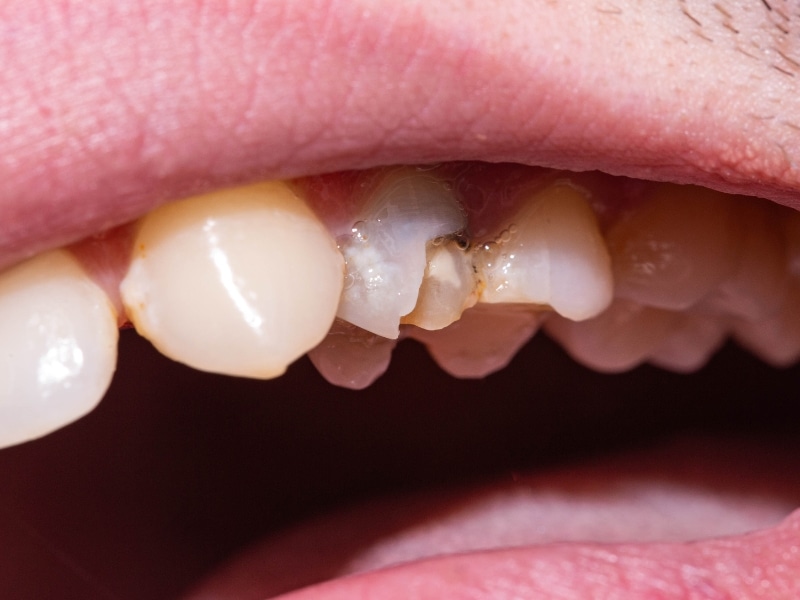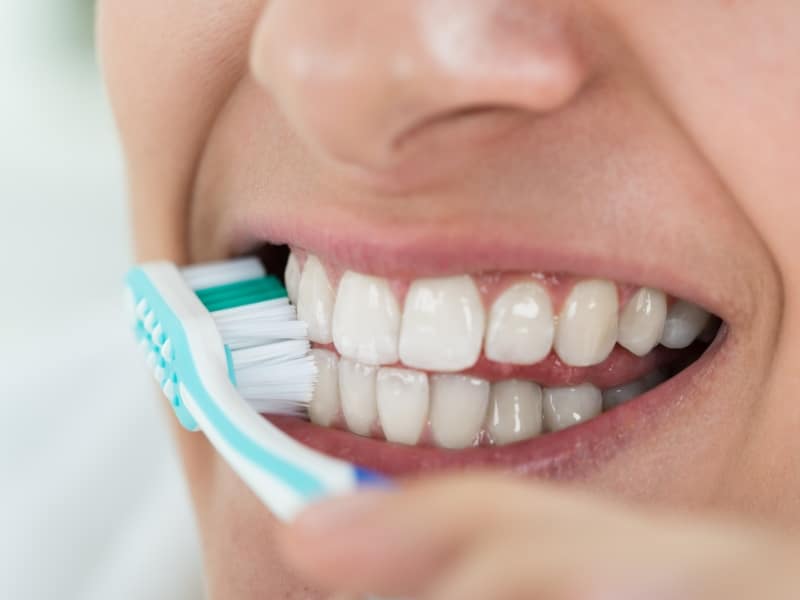Got a chipped molar or a worn-out crown? Tooth damage doesn’t always show up with a bang — often, it’s a quiet decline. You might ignore that slight discomfort until it escalates into something bigger. The truth is, skipping over early warning signs can lead to serious oral health issues down the track. Tooth restoration isn’t just about patching up — it plays a vital role in preserving long-term function, comfort, and appearance. This blog breaks down how restorations work, what typically causes tooth damage, and why sorting it out sooner rather than later can save you trouble down the line. Whether you’ve been living with the same crown for years or something’s just started feeling off, it’s worth understanding how fixing a damaged tooth can protect your long-term oral health.
What conditions often lead to the need for tooth restoration?
Tooth damage rarely arrives all at once. More often, it’s the result of daily habits and slow-moving wear that fly under the radar.
- Cavities from neglected decay gradually compromise the tooth’s structure
- Grinding and impact injuries cause cracks you may not notice straight away
- Ageing dental work, like fillings or crowns, can quietly deteriorate over time
- Acid erosion and overbrushing strip away protective enamel
Leave these issues too long, and they can really snowball. A small problem now might end up needing a root canal — or you could lose the tooth altogether. Knowing what to expect when repairing a cracked dental crown helps you step in early, before it turns into a much bigger headache.
Why do restored teeth sometimes fail without warning?
Even once a tooth is fixed, it’s not guaranteed to hold up forever. Sometimes, it’s the work underneath that’s dodgy. Other times, life just throws you a curveball.
- Weak foundations underneath the restoration lead to short-lived results
- Poor fit or loose bonding allows bacteria in where you can’t clean
- Unchecked grinding places constant pressure that chips or cracks restorations
- Missed dental reviews allow minor issues to grow unseen
When these slip through, restorations may chip, loosen, or fall out without much warning. You could be enjoying lunch one moment, then dealing with a cracked crown the next. That’s why regular checks and knowing what to expect when repairing a cracked dental crown become critical parts of the process.

Could delaying care affect the outcome of tooth restoration?
Putting off a dental fix feels harmless, but every delay gives damage more room to grow. Restoration becomes more difficult, expensive, and less effective the longer you wait.
- Worsening decay: Minor damage can spread deeper, potentially reaching the tooth nerve or root canal.
- Loss of natural tooth material: The longer the wait, the more healthy structure may be permanently lost.
- Wider gum problems: Cracks and gaps near the gumline collect plaque and cause inflammation or infection.
- Higher treatment costs later: What begins as a simple filling could soon require a crown, root canal, or extraction.
Delays create a domino effect — the damage spreads, costs grow, and the options narrow. It’s easier and cheaper to restore early.
How do restorations improve daily oral function and comfort?
Restorations aren’t just about looks — they bring comfort back to everyday things like eating, speaking, and brushing. You’ll probably feel the difference straight away.
- Chewing and biting return to normal, so no more avoiding crunchy or chewy foods
- That annoying zing from hot or cold drinks often fades once the tooth is sealed correctly
- Clearer speech returns when gaps and cracks no longer trip up your tongue
- Brushing and flossing become
 easier with smooth, properly shaped surfaces
easier with smooth, properly shaped surfaces
You might be surprised how much of a difference it makes. These improvements are some of the most effective ways to support oral health through tooth restoration, especially when you keep up with regular checkups and look after things at home.
What solutions exist for achieving lasting success in tooth restoration?
Not every fix holds up the same way. The best results come from matching the right method to the right issue — and understanding what’s required to keep it going strong.
| Restoration Type | Best For | Lifespan Estimate |
| 3D-printed veneers | Cosmetic fixes on front teeth | 10–15 years |
| Composite fillings | Small cavities or chipped enamel | 5–7 years |
| Porcelain crowns | Heavily damaged or root-filled teeth | 10–15 years |
| Inlays/onlays | Mid-sized damage needing strength | 8–12 years |
To get the most from your restoration:
- Match the material to your habits — some teeth need a tougher solution
- Use digital scanning for a better fit and fewer adjustment visits
- Know the upkeep required — some restorations stain more easily or wear faster
- Factor in future fixes — what looks cheaper now might cost more over time
These elements shape both the cost and success of your treatment. A one-size-fits-all fix won’t last. It’s smarter to build on understanding the factors that shape teeth restoration results, rather than rushing a patch job that doesn’t hold up.
Is tooth restoration right for every type of dental damage?
Not every tooth can be saved — but that doesn’t mean you should skip restoration entirely. When the structure’s still solid, it’s usually the first and best line of defence.
- Chipped teeth can be rebuilt with resin or covered with a veneer
- Root canal-treated teeth benefit from protective crowns to avoid breakage
- Worn-down molars can be built up to prevent bite issues and jaw strain
- Deep decay can be addressed with a crown if the roots are healthy, but knowing the best ways to protect your teeth from dental decay can help you avoid needing one in the first place.
Still, some damage is just too far gone. If a tooth has fractured below the gumline or infection has spread into the bone, an extraction might be the safer option. Good planning involves knowing when to stop fixing and start fresh.
Final thoughts
Restoring a tooth isn’t just for show — it’s about keeping it strong and doing its job for years to come. Whether you’re getting a quick filling or a more involved crown, the right solution can spare you the daily niggles and help you eat comfortably again.Getting on top of it early keeps things straightforward — and saves you a lot of hassle and cash down the track. For those unsure where to start, it helps to ask Marsfield Dental Care about your personalised treatment options. Their insight can help you understand the condition of your tooth, what can be saved, and what works best for your lifestyle.

